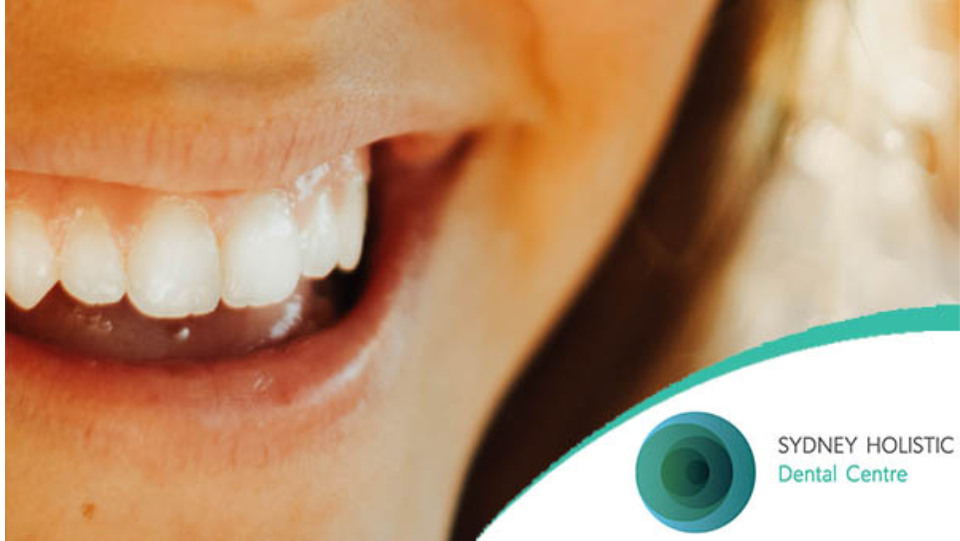What causes receding gums (and what you can do about it)
What causes receding gums (and what you can do about it)

Receding gums are a symptom of gum disease. Gum disease is one of the most common diseases in the world. Our mouths are full of bacteria, most are beneficial while some can be harmful. In gum disease, there is a build-up of harmful bacteria in the soft tissue pockets, which causes the gums to pull away from the teeth. This leads to infection, which our immune system then need to fight and break down. Poor oral hygiene is the main cause of receding gums, however, there are other risk factors too. Hormonal changes, diabetes, HIV/AIDs, smoking and vitamin deficiencies can also predispose somebody to receding gums.
Common signs of receding gums
It depends on what stage in gum disease the mouth is at as to the signs of receding gums. However, some early signs may be bleeding while brushing teeth or tender spots when chewing. Other signs include:
- Bad breath
- Swollen gums
- Dark red gums
- Loose teeth
- Sensitive teeth
- Pain or discomfort when chewing
What can you do?
Visit the dentist
This is an essential first step. It ensures an oral health professional can assess the situation and escalate treatment depending on the severity.
Daily oral hygiene
Flossing teeth at least once a day and brushing at least twice a day will help to disrupt the harmful bacteria in the mouth. While on this point, always opt for an extra soft toothbrush. Hard bristle toothbrushes can be damaging to gums and exacerbate the issue. Oil pulling with coconut oil can also help remove toxins from the mouth and improve the health of gums.
Boost the diet
Consuming a well-balanced diet high in vitamins and minerals, with healthy fats and protein will improve the health of the gums and oral cavity.
These are just some of the signs of receding gums and some of the things you can do about it. It’s important to consult a dentist and have your own oral health assessed.


